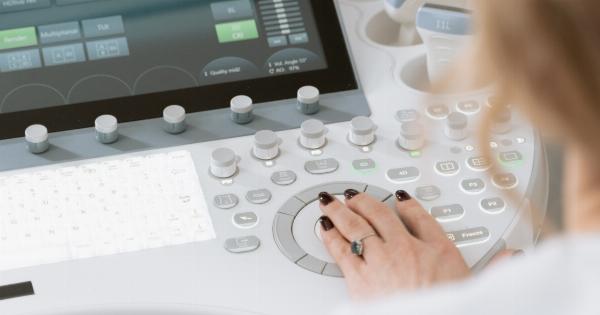Benign prostatic hyperplasia (BPH) is a common condition that affects many men as they age. Also known as an enlarged prostate, BPH occurs when the prostate gland, which is situated beneath the bladder, grows in size.
This growth can cause a range of uncomfortable symptoms such as frequent urination, weak urine flow, inability to completely empty the bladder, and even urinary tract infections.
Impact on Quality of Life
While BPH is generally not a life-threatening condition, it can significantly impact a man’s quality of life. The symptoms can be bothersome, affecting everyday activities and disrupting sleep patterns.
Many individuals with BPH find themselves constantly searching for the nearest bathroom, which can be embarrassing and inconvenient, leading to reduced social interactions and avoidance of certain activities.
Treatment Options for BPH
When it comes to treating BPH, there are various options available. The choice of treatment depends on the severity of symptoms, the size of the prostate, and the overall health of the individual.
While some cases of BPH may require surgical intervention, many individuals can find relief through low-risk treatment options.
Lifestyle Modifications
In mild cases of BPH, making certain lifestyle modifications can help alleviate the symptoms and improve quality of life. These modifications may include:.
- Limiting fluid intake, particularly before bed
- Avoiding caffeine and alcohol
- Double voiding (urinating twice within a short period) to empty the bladder more entirely
- Exercising regularly to improve overall bladder and prostate health
- Practicing bladder control techniques, such as delaying urination when the urge arises
Medication Options
For individuals with more moderate symptoms, medication can be an effective form of treatment. There are several types of medications available, including:.
- Alpha blockers: These medications work by relaxing the muscles in the prostate and bladder neck, improving urine flow and reducing symptoms.
- 5-alpha reductase inhibitors: These medications help shrink the prostate gland by blocking the production of certain hormones that contribute to its growth.
- Combination therapy: In some cases, a combination of alpha blockers and 5-alpha reductase inhibitors may be prescribed to provide enhanced symptom relief.
Minimally Invasive Procedures
If lifestyle modifications and medication do not provide sufficient relief, a minimally invasive procedure may be recommended. These procedures aim to reduce the size of the prostate or alleviate urinary obstruction, often done on an outpatient basis.
Some common minimally invasive procedures for BPH include:.
- Transurethral microwave therapy (TUMT): This procedure uses microwaves to heat and destroy excess prostate tissue.
- Transurethral needle ablation (TUNA): In TUNA, radio waves are used to create controlled thermal energy and treat the enlarged prostate.
- Water-induced thermotherapy (WIT): This procedure involves using heated water to destroy prostate tissue, reducing its size.
Laser Therapy
Laser therapy has emerged as a popular and effective treatment for BPH. It utilizes focused laser energy to heat and destroy excess prostate tissue, providing relief from urinary symptoms. There are different types of laser therapy, including:.
- Photoselective vaporization of the prostate (PVP): This form of laser therapy uses a high-powered laser to vaporize the obstructive prostate tissue.
- Holmium laser enucleation of the prostate (HoLEP): HoLEP involves removing the obstructing prostate tissue with the help of a holmium laser.
- Thulium laser enucleation of the prostate (ThuLEP): ThuLEP is a similar procedure to HoLEP but utilizes a thulium laser instead.
Surgery as a Last Resort
In severe cases of BPH, when all other treatments have failed or when complications arise, surgery may be required.
The most common surgical intervention for BPH is transurethral resection of the prostate (TURP), which involves removing the excess prostate tissue using a special instrument inserted through the urethra. While surgery carries more risks compared to other treatment options, it can provide long-lasting relief for individuals with severe symptoms.
Choosing the Right Treatment for BPH
When it comes to finding the most suitable treatment for BPH, it is essential to consult with a qualified healthcare professional.
They will consider various factors such as the severity of symptoms, the size of the prostate, and the individual’s overall health to determine the appropriate course of action. While low-risk treatment options are available for many individuals with BPH, it is important to closely follow medical advice and attend regular check-ups to monitor the condition’s progress.





























